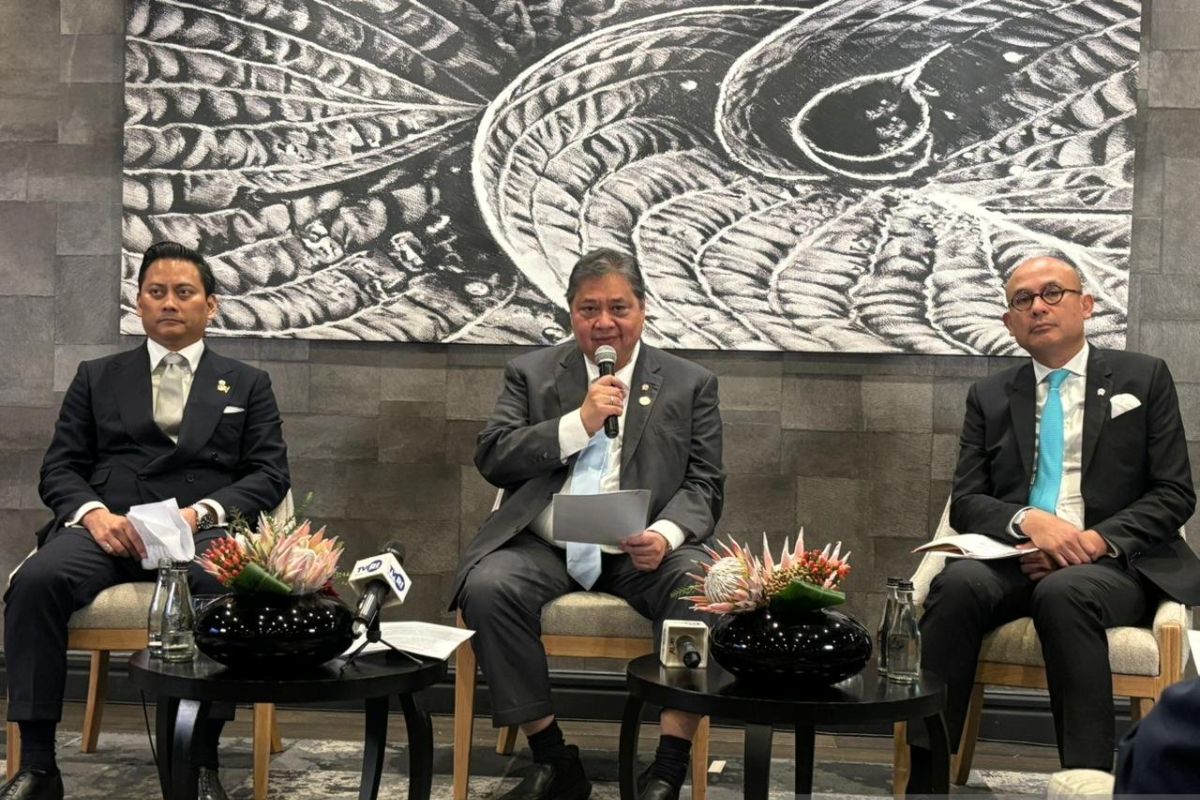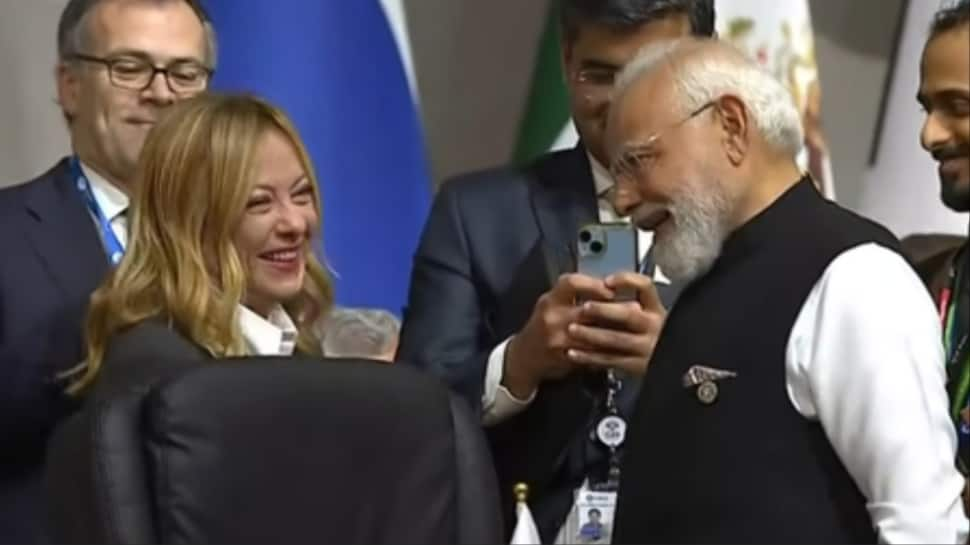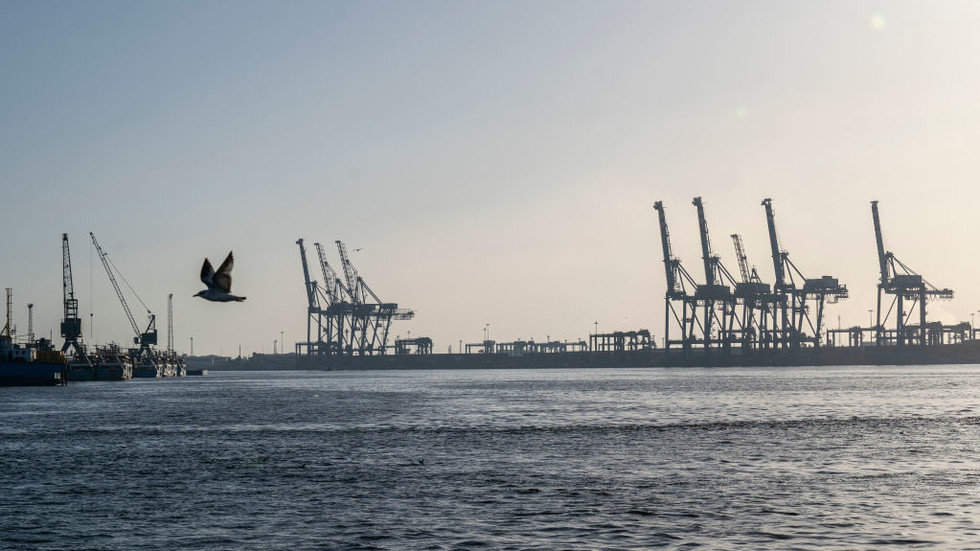
File picture: US President Donald Trump
| Photo Credit:
NATHAN HOWARD
US President Donald Trump, on Monday, said that he will “substantially raise” tariffs on India for buying Russian oil and then selling it in the open market for big profits.
“India is not only buying massive amounts of Russian oil, they are then, for much of the oil purchased, selling it on the open market for big profits. They don’t care how many people in Ukraine are being killed by the Russian war machine. Because of this, I will be substantially raising the tariff paid by India to the USA…,” Trump said in a post on his social media platform `Truth Social’.
Trump’s threat adds to worries of Indian exporters struggling to deal with the US reciprocal tariff of 25 per cent to be applicable from August 7.
The Indian government is in talks with exporters for appropriate support for select products worst affected by the levies, according to official sources. The sectors include textiles, chemicals, engineering products, leather, agriculture, steel, food processing, marine products, leather, and electronic goods.
The US President had announced a 25 per cent reciprocal tariff on India last week, higher than many competing countries including Pakistan, Bangladesh, Vietnam, Philippines and Indonesia which got hit by tariffs of 19-20 per cent. Reciprocal tariffs on all countries would come into force on August 7.
While Trump had earlier said that he would also impose a penalty on India for buying oil and defence goods from Russia, his August 1 executive orders did not include such a penalty.
“Indian exporters were already preparing to tackle the 25 per cent reciprocal tariffs, given the fact that the tariff differential with many competing countries was not so much. But any additional penalty would make things very difficult. The uncertainty of it is making things worse,” a garments exporter told businessline.
Exporters have suggested various support options including enhancement in rates under the popular RoDTEP and the RoSCTL schemes, that reimburse exporters for the input duties paid, early reinstatement and enhancement in rates of the interest equalisation scheme, and ensuring timely payment of all dues.
Negotiations for a bilateral trade agreement (BTA) are on between India and the US but so far talks have been turbulent as some of the demands made by Washington, especially for dairy, sensitive agricultural products and GM crops, are unacceptable to India. “India wants to finalise the BTA with the US but it has to be mutually beneficial and give India some advantages over its competitors in the US market. New Delhi can also not cross its red lines, some of which are also linked to religious sentiments,” a source said.
A team of negotiators from the US is expected to be in New Delhi on August 25 for the next round of BTA talks. There are some hopes that if some compromises are made by both the sides, a deal may be possible by the scheduled time line of Fall 2025 (October-November).
India’s exports to the US may decline by nearly 30 per cent to $60.6 billion in FY 26 from $86.5 billion in the previous year due to the tariffs, according to an analysis done by research body GTRI.
Published on August 4, 2025








